- History and Origin
- Origin
- Popularity and Cultivation
- Types and Varieties
- Growing Conditions
- Soil Preparation and Planting
- Watering and Fertilizing
- Watering
- Fertilizing
- Pruning and Maintenance Tips
- 1. Regular Deadheading
- 2. Trim Leggy Growth
- 3. Maintain Adequate Moisture
- 4. Fertilize Regularly
- 5. Control Pests and Diseases
- 6. Provide Adequate Sunlight
- 7. Support with Stakes or Cages
- Pests and Diseases
- Uses and Benefits
- Questions and Answers:
- What are bush petunias?
- What are some popular varieties of bush petunias?
- What are the different colors of bush petunias?
- How do I care for bush petunias?
- Can I grow bush petunias in containers?
- Videos: How to Fix Lifeless Hanging Flower Baskets! (Leggy Petunias)
Bush petunias are a popular choice for gardeners looking to add a burst of color and beauty to their outdoor spaces. With their vibrant flowers and compact growth habits, these plants are perfect for containers, borders, and flower beds. In this ultimate guide, we will delve into the diverse world of bush petunias, exploring the wide range of colors, shapes, and sizes available.
One of the most appealing aspects of bush petunias is their incredible array of colors. From deep purples and pinks to bright yellows and oranges, there is a petunia to suit every taste and style. Whether you prefer the classic, traditional hues or want to experiment with more unique and striking shades, you can find a bush petunia that will complement your garden design. Some petunias even feature stunning color patterns and variegation, adding an extra element of visual interest to your outdoor space.
In addition to their impressive color range, bush petunias also come in a variety of shapes and sizes. While the classic bush petunia forms a mound-like shape, there are also cascading varieties that are perfect for hanging baskets and trailing over walls or fences. The flowers themselves can vary in size, ranging from small and dainty to large and showy. Whatever your preference, you can find a bush petunia that will perfectly fit the space you have available and create a stunning display.
If you’re looking for a low-maintenance plant that will provide long-lasting beauty, bush petunias are an excellent choice. They are relatively easy to care for, requiring regular watering and occasional pruning to promote healthy growth and abundant flowering. With proper care, bush petunias can bloom throughout the summer and into the fall, providing a continuous display of color and fragrance.
Whether you’re a seasoned gardener or a beginner, there is no denying the appeal of bush petunias. Their diverse range of colors, shapes, and sizes make them a versatile and attractive addition to any garden or outdoor space. With a little bit of care and attention, you can create a stunning display that will be the envy of all your neighbors. So why not explore the world of bush petunias and discover the endless possibilities for adding beauty and color to your outdoor oasis?
History and Origin
Bush petunias, also known as compact petunias, are a popular variety of petunias that have been bred specifically to have shorter stems and bushy growth habits. These plants are native to South America, particularly Argentina and Brazil.
The history of bush petunias dates back to the 1950s. Plant breeders aimed to create a petunia variety that would be suitable for containers and smaller garden spaces. They wanted to develop a plant that would flower abundantly and have a more compact growth habit compared to traditional trailing petunias.
Through years of selective breeding, breeders were able to create bush petunias that fulfilled these criteria. These plants quickly gained popularity due to their versatility and ability to thrive in various climates and growing conditions.
Today, there is a wide range of bush petunias available, offering a diverse world of colors, shapes, and sizes. Different cultivars have been developed, each with its own unique characteristics and traits.
Origin
The first bush petunias were developed by breeders in the United States. They crossed different petunia species, including Petunia integrifolia and Petunia axillaris, to create compact plants with a bushy habit. These new varieties were then introduced to the market as bush petunias.
However, it is important to note that the parents of bush petunias have their origins in South America. Petunia integrifolia is native to Brazil and Argentina, while Petunia axillaris is native to Brazil. The combination of these species resulted in the creation of the bush petunia varieties we know today.
Popularity and Cultivation
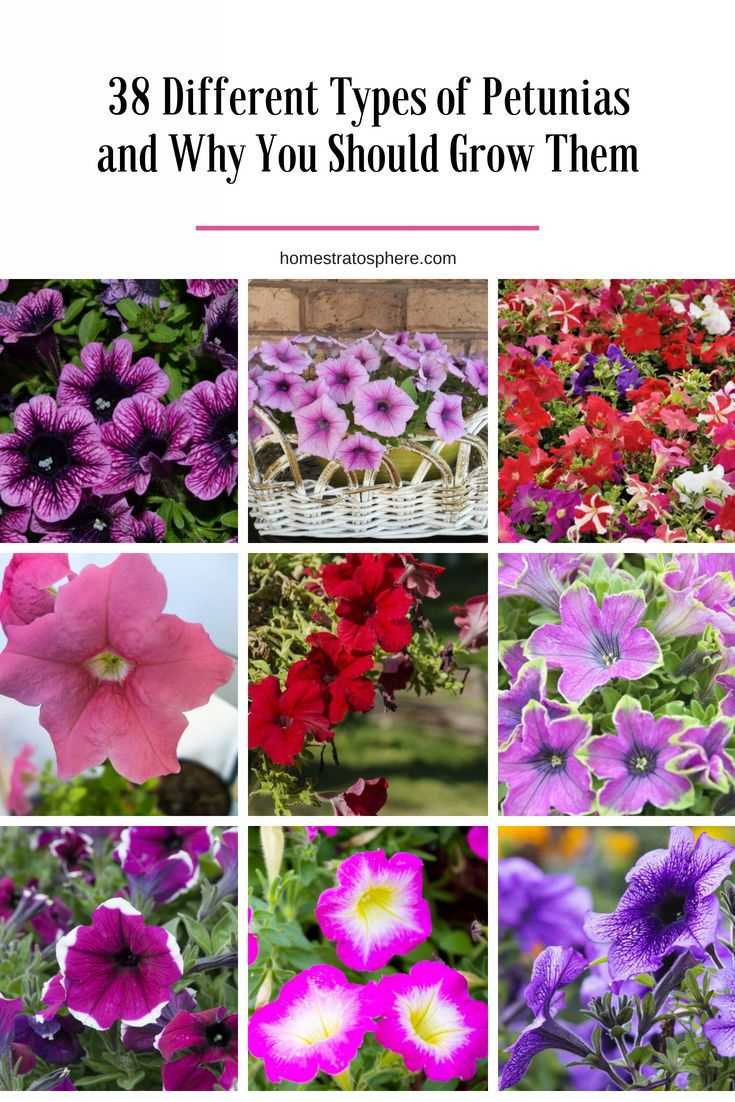
Bush petunias have become incredibly popular among gardeners and flower enthusiasts. Their compact growth habit and abundant flowers make them a favorite choice for containers, borders, and flower beds.
Cultivating bush petunias is relatively easy, as they are generally more resistant to diseases and pests compared to other petunia varieties. They thrive in full sun but can tolerate some shade. These plants prefer well-drained soil and regular watering.
With their vibrant colors, unique shapes, and diverse sizes, bush petunias offer endless possibilities for adding beauty and charm to any garden or landscape. Whether planted in pots, hanging baskets, or gardens, these stunning plants are sure to impress and delight both novice and experienced gardeners alike.
Types and Varieties
Bush petunias are available in a wide range of types and varieties, each with its own unique characteristics and traits. Here are some of the popular types and varieties of bush petunias:
- Wave Petunias: These are known for their vigorous growth and spreading habit. They produce large, vibrant flowers that cover the entire plant, creating a stunning carpet of color.
- Cascade Petunias: With their trailing growth habit, cascade petunias are perfect for hanging baskets and containers. They produce an abundance of flowers that cascade down the sides, creating an eye-catching display.
- Supertunias: These petunias have been bred for their excellent heat tolerance and long-lasting blooms. They come in a variety of colors and have a mounding growth habit, making them ideal for borders and edging.
- Double-flowered Petunias: These petunias have extra petals, giving the flowers a full and ruffled appearance. They come in a range of colors and add a touch of elegance to any garden or landscape.
In addition to these types, there are also various varieties of bush petunias available, each offering its own unique color combinations and patterns. Some popular varieties include:
- Sanguna Series: This series offers a wide range of colors, from vibrant pinks and purples to soft pastels. The flowers are larger than average and have a classic trumpet shape.
- Surfinia Series: Known for their trailing habit, the Surfinia series produces an abundance of small, star-shaped flowers in a variety of colors. They are perfect for hanging baskets and window boxes.
- Success Series: These petunias are known for their exceptional disease resistance and strong growth. They come in a range of colors and are perfect for garden beds and containers.
- Picobella Cascade Series: This series offers compact plants with cascading branches that are covered in small, bell-shaped flowers. They are ideal for hanging baskets and containers.
These are just a few examples of the types and varieties of bush petunias available. Whether you prefer vibrant colors, trailing habits, or double petals, there is a bush petunia variety to suit every gardener’s taste and style.
Growing Conditions
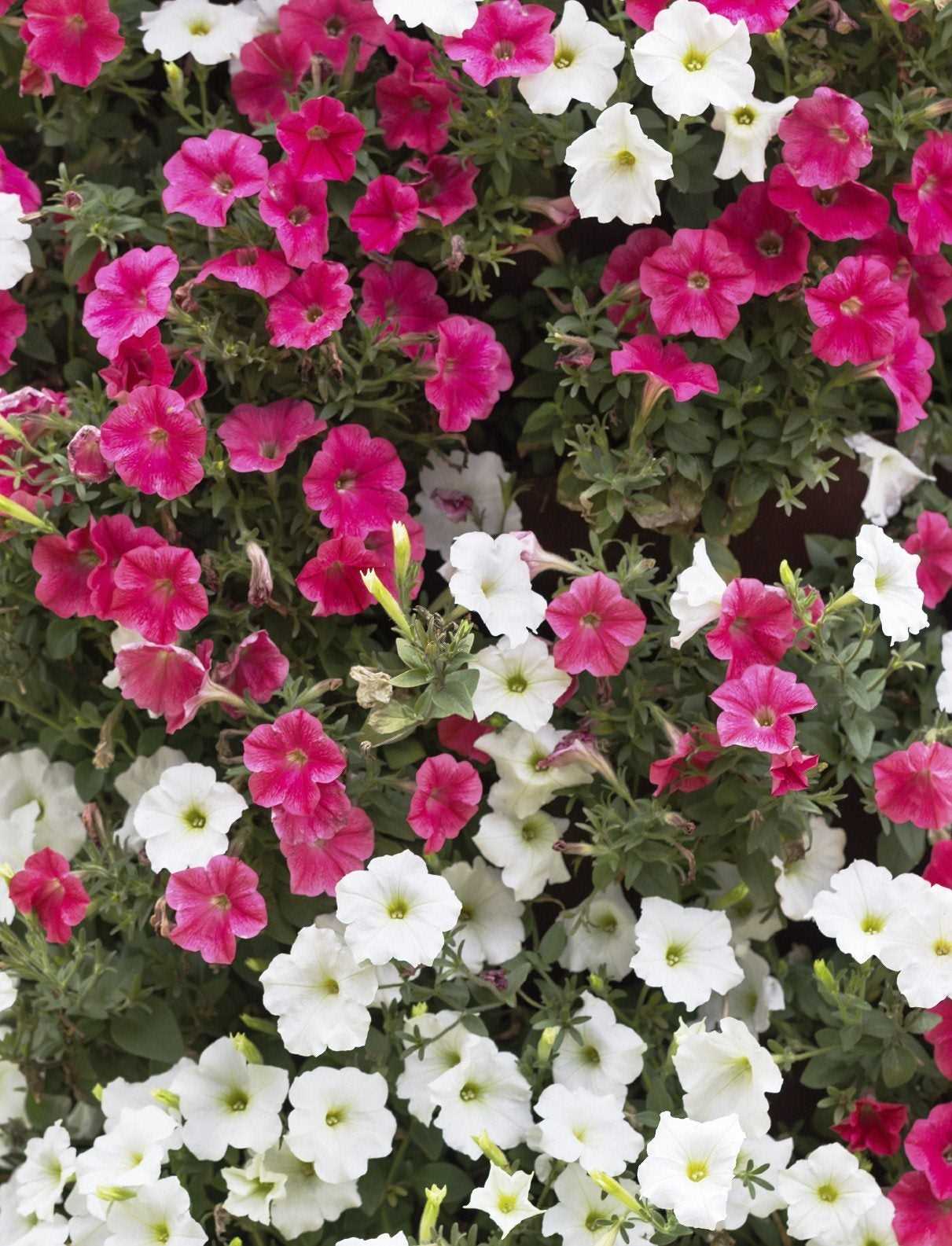
When it comes to growing bush petunias, there are a few crucial factors to consider in order to ensure their successful growth and vibrant blooms. These include:
- Light: Bush petunias thrive in full sun, so make sure to provide them with at least 6 hours of direct sunlight each day. Without sufficient sunlight, they may become leggy and fail to produce an abundance of flowers.
- Soil: Well-draining soil is essential for bush petunias. They prefer soil that is rich in organic matter and slightly acidic, with a pH range of 5.5 to 6.5. If your soil is heavy or clay-like, consider amending it with compost or sand to improve its drainage.
- Water: While bush petunias require regular watering to keep their roots moist, it’s crucial to prevent waterlogged conditions. Overwatering can lead to root rot and other diseases. Water the plants at the base, avoiding wetting their leaves to prevent fungal infections.
- Fertilizer: To encourage healthy growth and abundant blooms, feed your bush petunias with a balanced, slow-release fertilizer every 4-6 weeks. Alternatively, you can use a liquid fertilizer at half strength once a month during the growing season.
- Temperature: Bush petunias are warm-season plants that prefer temperatures between 60°F (15°C) and 75°F (24°C). They are generally not frost-tolerant and may suffer damage or die if exposed to cold temperatures. Plant them after the danger of frost has passed in your area.
In addition to these growing conditions, bush petunias can benefit from occasional grooming, including deadheading spent flowers and pruning leggy growth to maintain their compact shape.
Soil Preparation and Planting
Before planting bush petunias in your garden, it’s important to prepare the soil properly to ensure the health and vitality of your plants. Follow these steps to create an ideal environment for your petunias:
- Choose the right location: Bush petunias thrive in full sun, so select a spot in your garden that receives at least 6-8 hours of direct sunlight each day.
- Prepare the soil: Start by removing any weeds, rocks, or debris from the planting area. Loosen the soil using a garden fork or tiller to a depth of 6-8 inches. This will help promote good drainage and root development.
- Amend the soil: If your soil is heavy clay or sandy, it’s beneficial to amend it with organic matter such as compost or well-rotted manure. This will improve the soil structure, fertility, and water-holding capacity.
- Test the soil pH: Petunias prefer a slightly acidic soil with a pH range of 5.5-6.5. Use a soil testing kit to check the pH of your soil. If it’s too acidic or alkaline, amend it accordingly with lime or sulfur.
- Planting: Dig a hole for each petunia plant, making sure it’s deep enough to accommodate the root ball. Space the plants about 12-18 inches apart to allow for proper air circulation and growth. Gently place the plant in the hole and backfill with soil, firming it around the base of the plant.
- Watering: After planting, water the petunias thoroughly to settle the soil and remove any air pockets. Water regularly, keeping the soil evenly moist but not waterlogged.
Remember to provide proper care and maintenance, including regular fertilization and deadheading, to keep your bush petunias healthy and blooming throughout the growing season.
Watering and Fertilizing
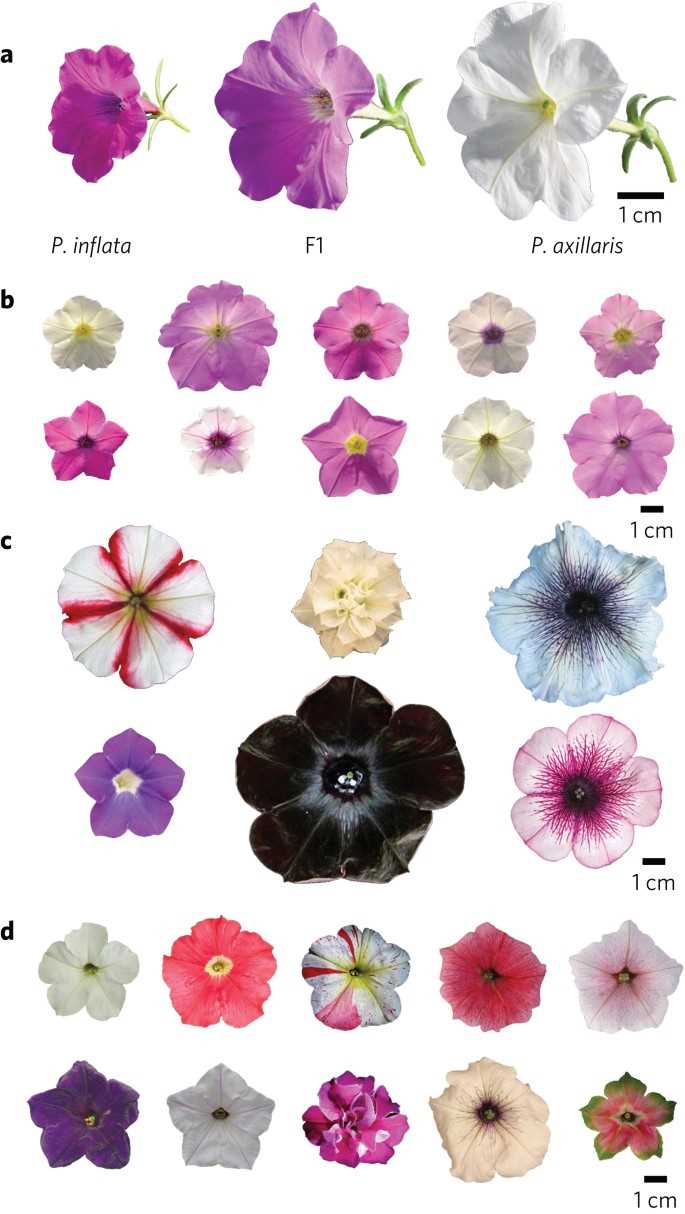
Proper watering and fertilizing are essential for the health and vibrant growth of your bush petunias. Here are some guidelines to ensure they thrive:
Watering
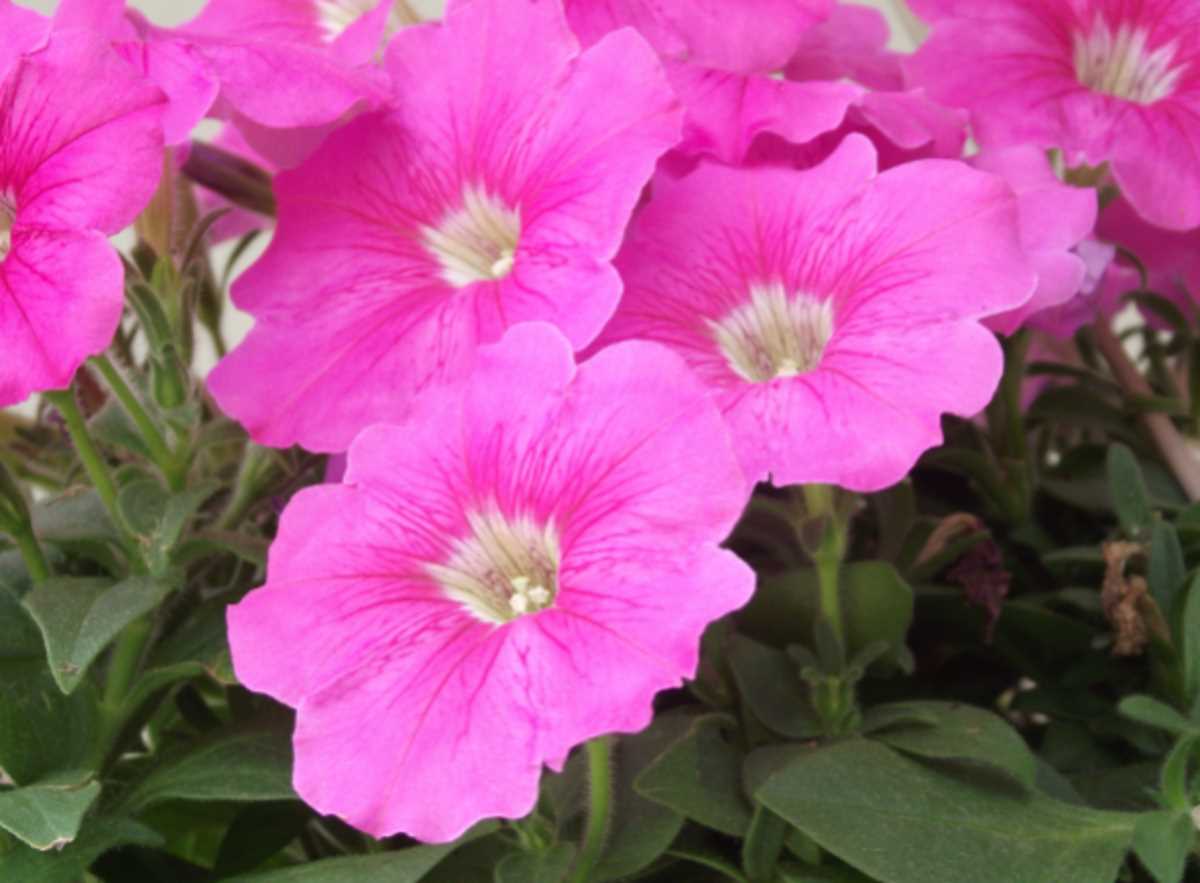
- Water your bush petunias deeply, ensuring the water reaches their roots. Shallow watering can lead to weak roots and poor growth.
- Water regularly, especially during dry periods. Aim to keep the soil consistently moist, but avoid overwatering as it can cause root rot.
- Check the moisture level of the soil by inserting your finger about an inch into the soil. If it feels dry, it’s time to water your plants.
- Consider using a drip irrigation system or a soaker hose to provide a slow, steady supply of water directly to the plant roots. This helps prevent leaf diseases that can occur from overhead watering.
Fertilizing
- Feed your bush petunias with a balanced, water-soluble fertilizer every two weeks during the growing season. This will provide them with the necessary nutrients for healthy growth and abundant blooms.
- Choose a fertilizer with a ratio of 10-10-10 or 20-20-20, which indicates equal proportions of nitrogen, phosphorus, and potassium. This balance promotes overall plant health and flower production.
- Avoid using a fertilizer high in nitrogen, as it can result in excessive foliage growth at the expense of flowers.
- Follow the package instructions for the appropriate dilution and application method. Generally, it is recommended to dissolve the fertilizer in water and apply it around the base of the plant.
- Be mindful not to over-fertilize, as this can cause fertilizer burn and damage the plant. If you notice any signs of fertilizer burn, flush the soil with water to help dilute the excess nutrients.
By following these watering and fertilizing guidelines, you will help your bush petunias thrive and display their beautiful array of colors, shapes, and sizes.
Pruning and Maintenance Tips
Proper pruning and maintenance are essential for keeping your bush petunias healthy and vibrant. Follow these tips to ensure your plants thrive:
1. Regular Deadheading
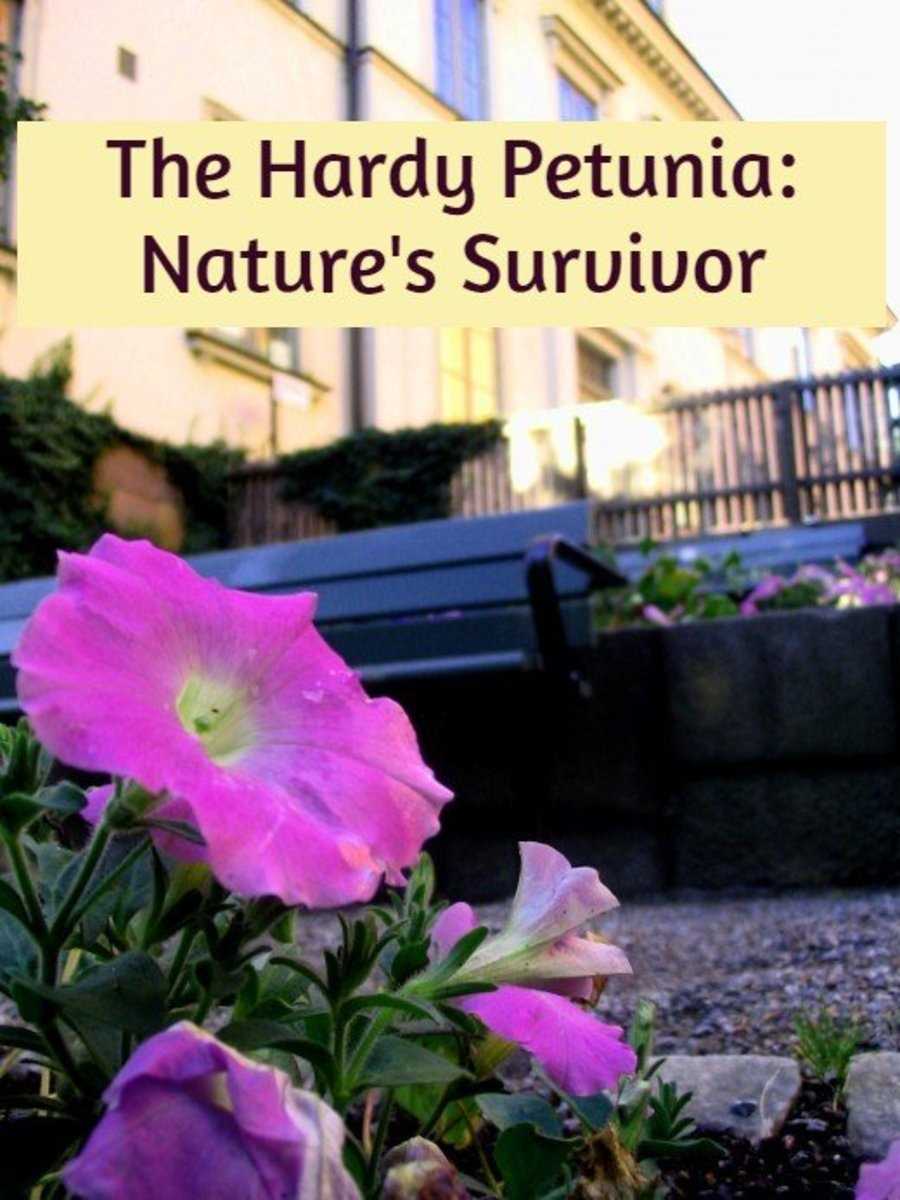
Regular deadheading involves the removal of faded or wilted flowers to encourage continuous blooming. This process redirects the plant’s energy towards producing new flowers instead of seed production.
2. Trim Leggy Growth
If your bush petunias become leggy or overgrown, trim them back to promote bushier and more compact growth. Cut back any excessively long stems or branches, making sure to prune above a leaf node to encourage new growth.
3. Maintain Adequate Moisture
Bush petunias require consistent moisture to thrive. Water them regularly, especially during dry periods, to keep the soil evenly moist. Avoid overwatering, as it can lead to root rot and other fungal diseases.
4. Fertilize Regularly
Apply a balanced, slow-release fertilizer every 4-6 weeks during the growing season to provide necessary nutrients. Follow the manufacturer’s instructions for application rates and methods.
5. Control Pests and Diseases
Monitor your bush petunias for common pests such as aphids, spider mites, and whiteflies. Use insecticidal soaps or horticultural oils to control insect infestations. Additionally, practice good garden hygiene, such as removing fallen leaves and debris, to prevent the spread of diseases.
6. Provide Adequate Sunlight
Bush petunias thrive in full sun, so make sure they receive at least 6-8 hours of direct sunlight each day. Insufficient sunlight can result in spindly growth and fewer flowers.
7. Support with Stakes or Cages
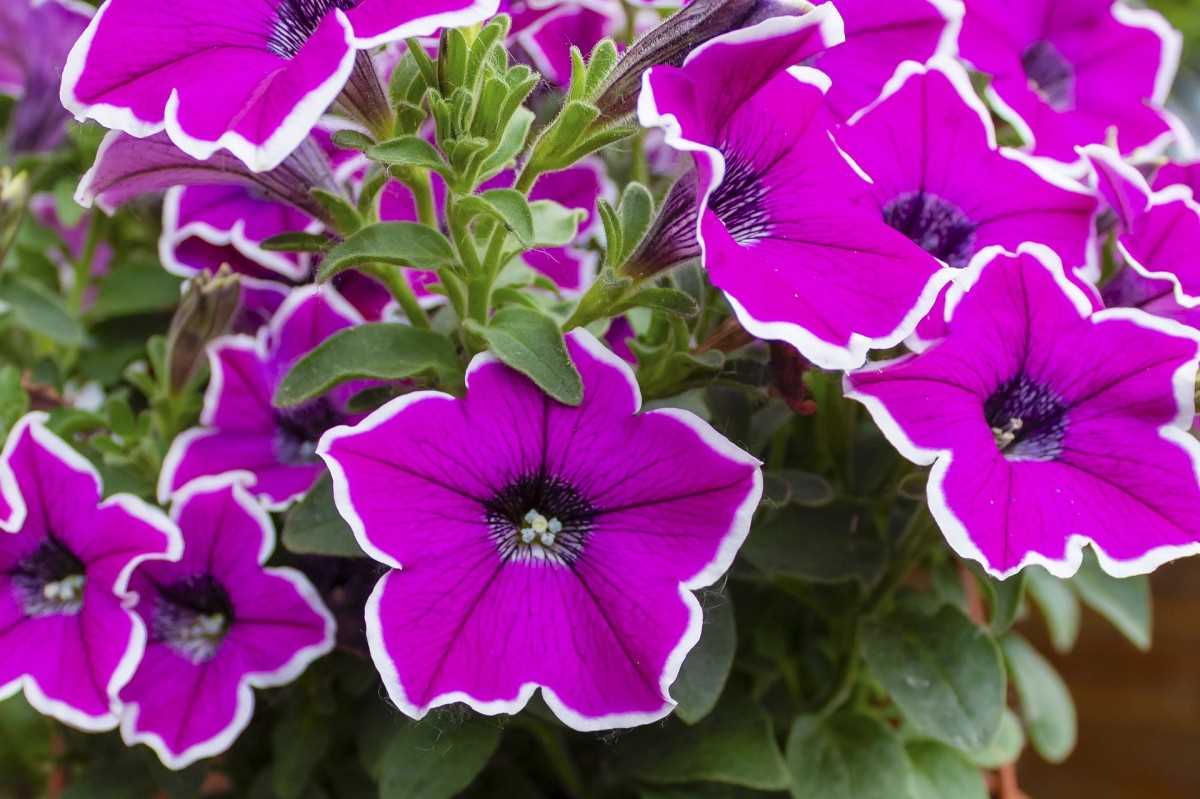
If you have trailing or vining varieties of bush petunias, provide support with stakes or cages to prevent them from sprawling. This will help maintain an upright habit and allow better airflow, reducing the risk of disease.
By following these pruning and maintenance tips, you can enjoy a stunning display of colorful bush petunias throughout the growing season!
Pests and Diseases
- 1. Aphids: These small insects are common pests that feed on the sap of bush petunias. They can cause damage by curling leaves and leaving behind sticky honeydew. Regularly inspect your plants and use insecticidal soap or neem oil to control aphids.
- 2. Whiteflies: Whiteflies are another common pest that can infest bush petunias. They are small, white insects that can quickly multiply and cause damage by sucking the sap from the leaves. Use yellow sticky traps or insecticidal soap to control whiteflies.
- 3. Caterpillars: Caterpillars, such as the tobacco budworm, can feed on the leaves and flowers of bush petunias. Check your plants regularly and remove any caterpillars by hand. You can also use organic insecticides to control their population.
- 4. Leaf spot: Leaf spot is a fungal disease that causes small, dark spots on the leaves of bush petunias. Remove and dispose of infected leaves to prevent the spread of the disease. Avoid overhead watering and provide proper air circulation to reduce humidity.
- 5. Powdery mildew: Powdery mildew is a common fungal disease that appears as a white, powdery growth on the leaves of bush petunias. Remove infected leaves and provide adequate spacing between plants to promote air circulation. Fungicidal sprays can also help control powdery mildew.
- 6. Root rot: Overwatering and poorly draining soil can lead to root rot in bush petunias. To prevent this disease, ensure that the soil is well-draining and allow the topsoil to dry between watering. Remove and replace any severely affected plants.
Uses and Benefits
- Bush petunias are widely used as ornamental plants in gardens, parks, and other landscaping projects.
- They add vibrant colors and cheerful blooms to any outdoor space, making them a popular choice for flower beds, borders, and containers.
- The diverse range of colors, shapes, and sizes of bush petunias allows for endless creative possibilities in garden design and arrangement.
- They can be used to create stunning visual displays, either by planting them in clusters of the same color or by mixing different colors and varieties together.
- Bush petunias are also known for their long flowering season, providing blooms from spring to fall, depending on the variety.
- They are relatively low-maintenance plants that are easy to grow, making them suitable for both experienced gardeners and beginners.
- These flowers are attractive to pollinators such as bees and butterflies, helping to support local ecosystems and promote biodiversity.
- Bush petunias can also be used in flower arrangements and bouquets due to their long-lasting blooms and vibrant colors.
- Some varieties of bush petunias have a pleasing fragrance, adding an extra sensory element to outdoor spaces.
Overall, the uses and benefits of bush petunias make them a versatile and valuable addition to any garden or landscape. Their beauty, ease of care, and ability to attract pollinators make them an excellent choice for both aesthetic and ecological reasons.
Questions and Answers:
What are bush petunias?
Bush petunias are a type of flowering plant that belong to the Solanaceae family. They are known for their compact, bushy growth habit and their stunning array of colors, shapes, and sizes.
What are some popular varieties of bush petunias?
There are several popular varieties of bush petunias, including ‘Vista Bubblegum’, ‘Celebrity Hybrid’, ‘Supertunia Raspberry Blast’, and ‘Cascadia Rim Magenta’.
What are the different colors of bush petunias?
Bush petunias come in a wide range of colors, including pink, purple, red, white, and yellow. Some varieties even have multicolored flowers with stripes or speckles.
How do I care for bush petunias?
Bush petunias are relatively easy to care for. They prefer full sun and well-drained soil. They should be watered regularly, but be careful not to overwater. Deadheading spent flowers and fertilizing every few weeks will help keep them blooming all season.
Can I grow bush petunias in containers?
Yes, bush petunias can be grown in containers. In fact, many people prefer to grow them this way because it allows for more control over the soil and watering conditions. Just make sure to choose a container with good drainage and use a high-quality potting mix.







